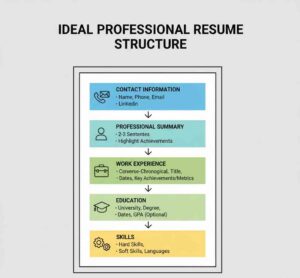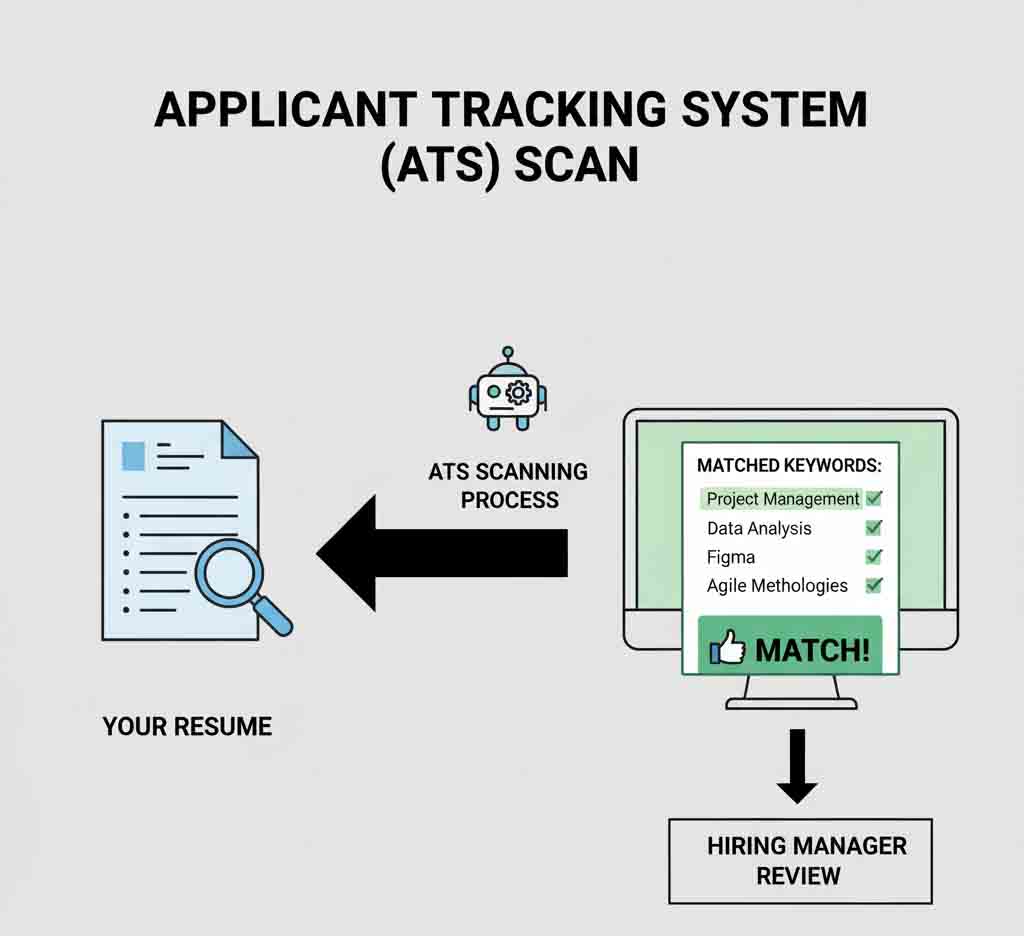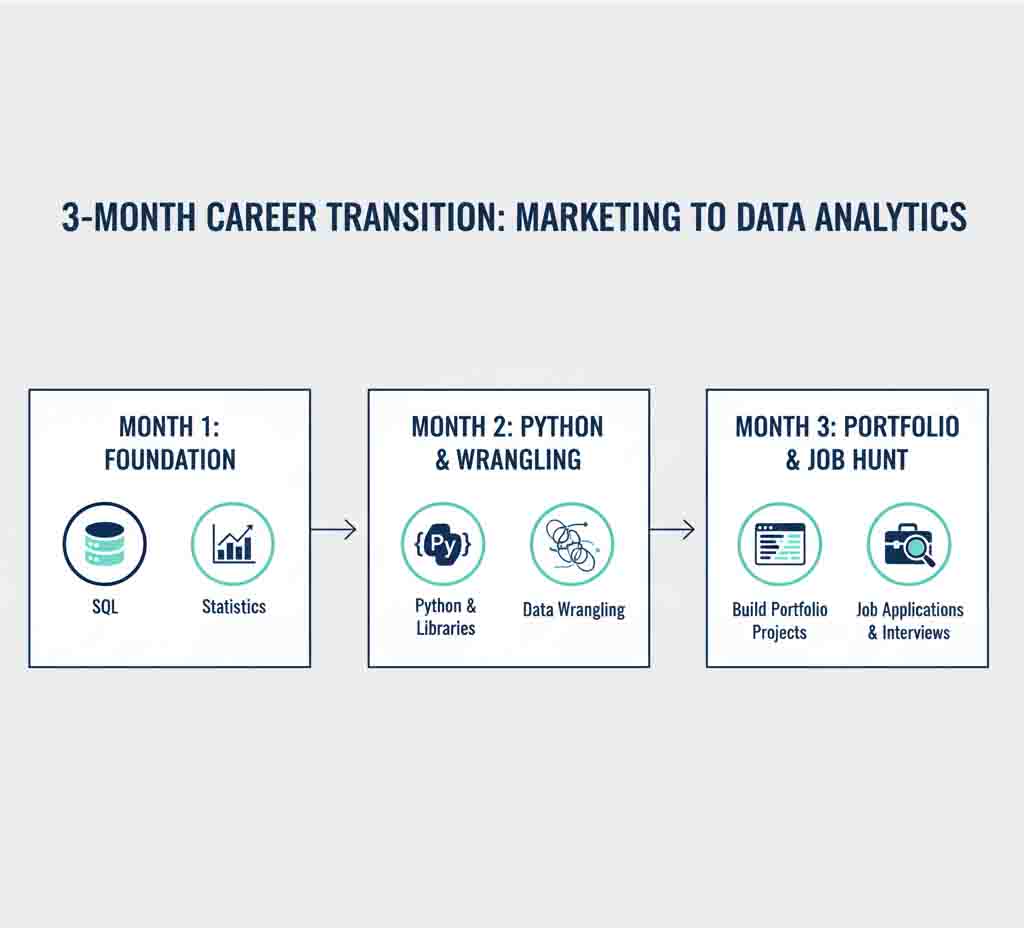How to Write a Resume That Gets Interviews in 2025
Your resume is your most important job search tool – when done correctly, it can open doors to multiple interview opportunities. Follow this professional guide to create a resume that stands out in today’s competitive market.
Before You Write: Essential Preparation
Analyze Job Descriptions
Carefully review 5-10 target job descriptions and highlight required skills, qualifications, and keywords. This research helps you tailor your resume for both hiring managers and Applicant Tracking Systems (ATS).
Gather Your Information
Collect details about your work history, education, certifications, and accomplishments. Having everything organized makes the writing process smoother.
Writing Your Resume: Section by Section
1. Contact Information
-
Full name
-
Professional email
-
Phone number
-
LinkedIn profile URL
-
City, State (full address not necessary)
2. Professional Summary
Write a 3-4 sentence paragraph highlighting your most relevant experience and key achievements. Use industry keywords and focus on value you bring to employers.
*Example: “Data analyst with 5+ years of experience optimizing business intelligence through advanced analytics. Proven track record of increasing operational efficiency by 25% through data-driven insights. Proficient in Python, SQL, and data visualization tools.”*
3. Work Experience
List your positions in reverse chronological order. For each role:
-
Use strong action verbs (managed, developed, implemented)
-
Include quantifiable achievements with numbers and percentages
-
Focus on results rather than just responsibilities
*Instead of: “Responsible for social media accounts”
*Write: “Grew social media engagement by 45% through targeted content strategy”
4. Skills Section
Create a dedicated skills section featuring:
-
Technical skills relevant to your field
-
Software proficiencies
-
Industry-specific competencies
-
Both hard and soft skills

After Writing: Optimization & Final Checks
Format for ATS
-
Use clean, simple layouts
-
Standard section headings (“Work Experience,” “Education”)
-
Avoid graphics, tables, and columns
-
Save as Word document or PDF
Proofread and Review
-
Check for spelling and grammar errors
-
Ensure consistent formatting
-
Verify all contact information is correct
-
Ask a friend to review it
Tailor for Each Application
Customize your resume for every job by incorporating specific keywords from the job description. This significantly increases your chances of getting noticed.
Official Data Source: U.S. Bureau of Labor Statistics (for occupational outlook and employment data)


